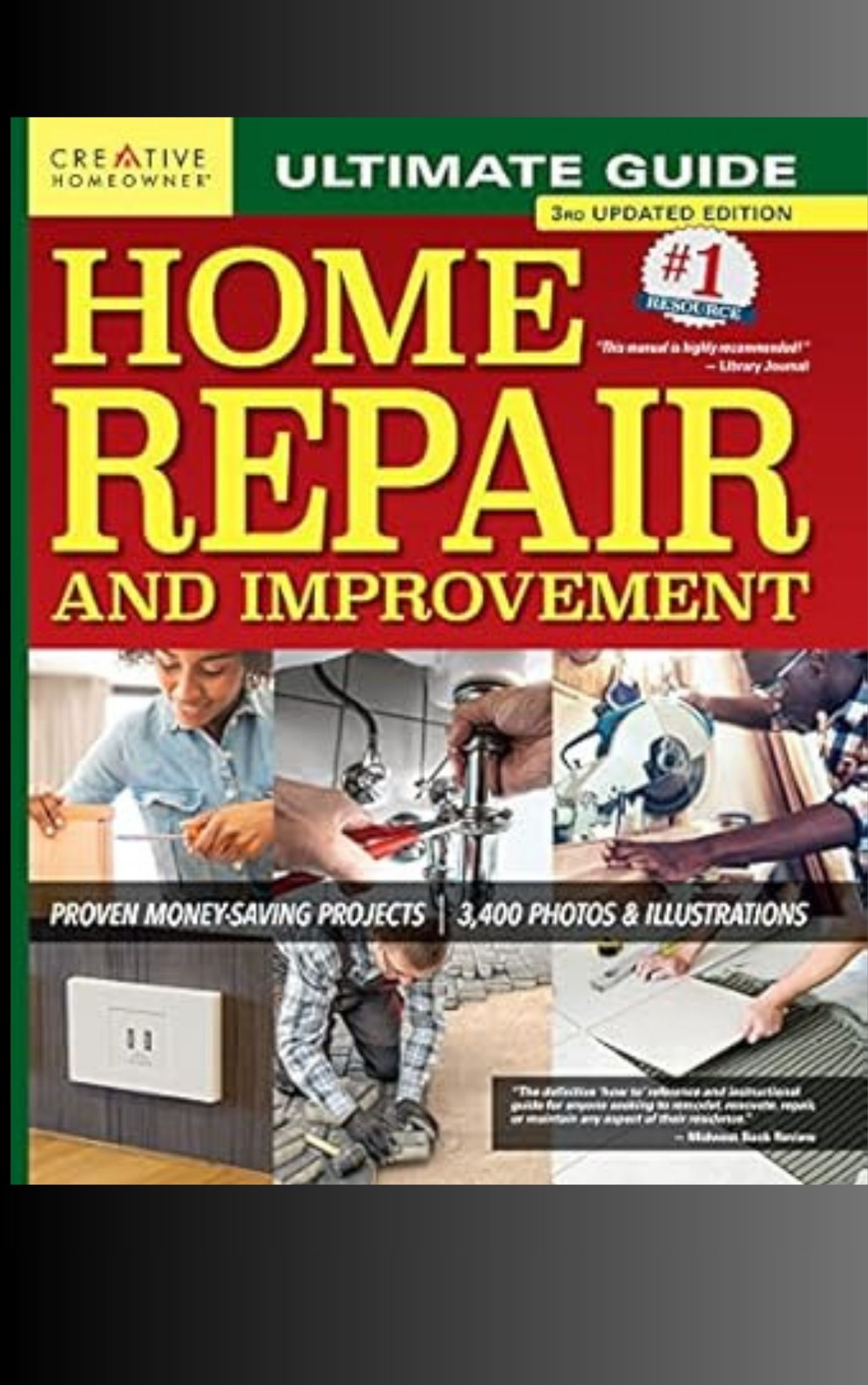Proper insulation can significantly reduce your energy bills by preventing heat loss and improving your home's efficiency. You could save 10-50% on heating and cooling costs by upgrading insulation in key areas like attics, walls, and basements. While there's an upfront investment, the payback period is typically 3-5 years, with long-term savings continuing for decades. Insulation also enhances comfort, reduces noise, and increases your home's value. Government incentives and rebates can help offset installation costs. By understanding the types of insulation and their benefits, you'll be better equipped to make energy-smart decisions for your home.
Understanding Home Insulation Basics

Grasping the fundamentals of home insulation is crucial for anyone looking to reduce energy bills and improve comfort. Insulation acts as a barrier, slowing the transfer of heat between your home's interior and the outside environment. It's most effective when installed in key areas like attics, walls, floors, and crawl spaces.
The effectiveness of insulation is measured by its R-value, which indicates its resistance to heat flow. Higher R-values mean better insulation performance. Different materials offer varying R-values, with common options including fiberglass, cellulose, spray foam, and mineral wool.
You'll need to consider your climate zone when choosing insulation, as recommended R-values differ based on location. In colder regions, you'll typically need higher R-values to keep heat inside, while warmer areas may require less.
Proper installation is just as important as choosing the right material. Gaps or compression can significantly reduce insulation's effectiveness. It's often best to hire professionals for installation, especially for challenging areas like walls or attics.
Types of Insulation Materials
When selecting insulation for your home, you'll encounter a variety of materials, each with its own benefits and drawbacks. Fiberglass, the most common type, comes in batts or loose-fill form and offers good value for its cost. It's easy to install but can irritate skin and lungs during installation.
Cellulose, made from recycled paper products, is eco-friendly and provides excellent sound insulation. It's often blown into wall cavities or attics.
Spray foam insulation, available in open-cell and closed-cell varieties, offers superior air sealing and high R-values per inch. It's more expensive but can significantly reduce energy costs. Mineral wool, also known as rock wool, is fire-resistant and water-repellent, making it ideal for damp areas.
Polyisocyanurate (polyiso) and extruded polystyrene (XPS) are rigid foam boards often used in walls and roofs, providing high R-values in thin layers.
Natural insulation options include sheep's wool, cotton, and cork. These materials are renewable and non-toxic but can be more expensive. Reflective insulation, using foil-faced materials, is effective in hot climates by reflecting radiant heat. Your choice will depend on your budget, climate, and specific insulation needs.
Energy Loss in Poorly Insulated Homes
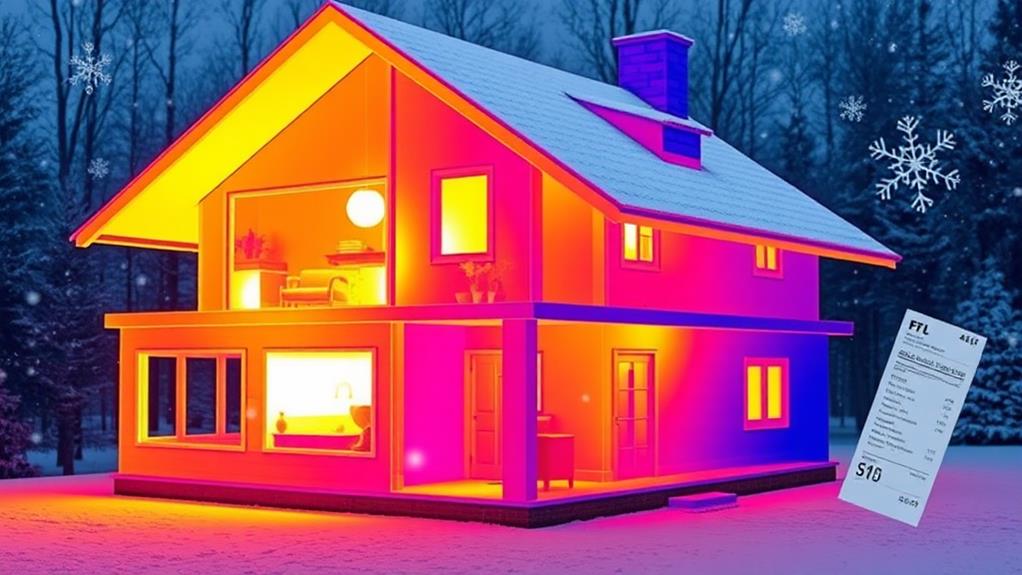
In spite of its importance, proper insulation is often overlooked in many homes, leading to significant energy loss. You might be surprised to learn how much energy you're wasting due to poor insulation. Heat escapes through your walls, roof, floors, and windows, forcing your heating system to work overtime. In the summer, inadequate insulation allows hot air to seep in, making your air conditioning less effective.
The most common areas of energy loss include attics, where up to 25% of your home's heat can escape, and walls, which account for about 35% of heat loss. Drafty windows and doors contribute another 25%, while floors over unheated spaces like crawl spaces or garages can leak up to 15% of your home's heat.
This energy loss translates directly into higher utility bills. You're essentially paying to heat or cool the outdoors. Poor insulation can increase your energy costs by 10-50%, depending on the severity of the issue. By addressing these problem areas, you'll not only reduce your carbon footprint but also save a significant amount on your energy bills.
Cost-Benefit Analysis of Insulation Upgrades
The decision to upgrade your home's insulation involves weighing the upfront costs against long-term savings. When considering insulation improvements, you'll need to factor in materials, labor, and potential disruptions to your living space. However, these initial expenses can be offset by significant reductions in your energy bills over time.
To conduct a cost-benefit analysis, start by getting quotes from reputable contractors for different insulation options. Compare these costs to your current energy expenses and projected savings. Many utility companies offer online calculators or energy audits to help estimate potential savings based on your home's specific characteristics.
Don't forget to consider additional benefits like increased comfort, reduced noise, and improved indoor air quality. These factors, while harder to quantify, can significantly enhance your home's livability and value.
It's also worth investigating available rebates, tax credits, or financing options for energy-efficient upgrades. These incentives can help offset initial costs and improve your return on investment.
Generally, insulation upgrades pay for themselves within 3-5 years through energy savings. After that, you'll continue to benefit from lower utility bills for years to come.
Key Areas Requiring Insulation
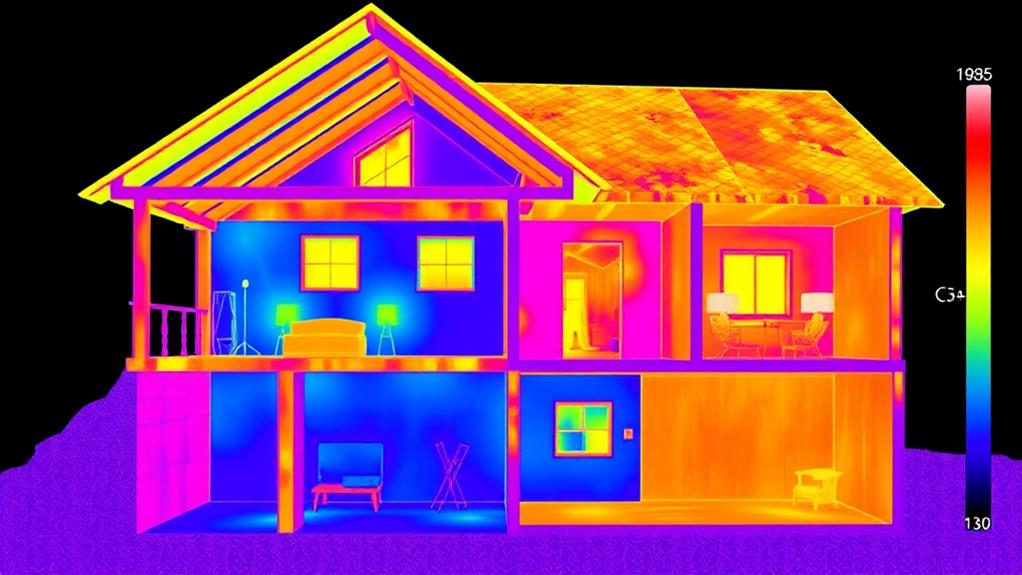
While every home is unique, certain areas consistently require proper insulation to maximize energy efficiency. Your attic is one of the most critical areas to insulate, as it can account for up to 25% of your home's heat loss. Ensure you've got adequate insulation between and over the floor joists to prevent heat from escaping through the roof.
Don't overlook your walls, especially if you live in an older home. Cavity wall insulation can significantly reduce heat transfer through exterior walls. Your basement or crawl space is another key area; insulating the walls and floors can prevent heat loss and moisture problems.
Windows and doors are common culprits for drafts and energy loss. Consider installing double-paned windows and weatherstripping around doors to improve their insulating properties. Don't forget about your pipes, particularly in unheated areas. Insulating hot water pipes reduces heat loss and can help lower your water heating costs.
Lastly, pay attention to your HVAC ducts. Properly insulating and sealing ductwork, especially in unconditioned spaces, can improve your heating and cooling system's efficiency by up to 20%.
Seasonal Energy Savings
Properly insulating your home isn't just about addressing key areas; it's also about adapting to seasonal changes. During winter, you'll notice significant energy savings as insulation prevents heat from escaping. This means your heating system won't have to work as hard, reducing your energy consumption and bills.
In summer, insulation works in reverse, keeping the cool air inside and the heat out.
You'll see the most dramatic savings during extreme temperature months. In winter, a well-insulated home can cut heating costs by up to 50%. Similarly, in summer, you can reduce cooling expenses by 30% or more. These savings aren't just limited to your wallet; they also reduce your carbon footprint.
To maximize seasonal energy savings, consider adjusting your insulation strategy. Add extra insulation to your attic before winter to prevent heat loss through the roof. In summer, focus on reflective insulation in your walls to deflect solar heat. Don't forget to seal air leaks around windows and doors each season. By tailoring your insulation to seasonal needs, you'll enjoy comfort year-round while keeping energy bills in check.
Professional vs. DIY Installation
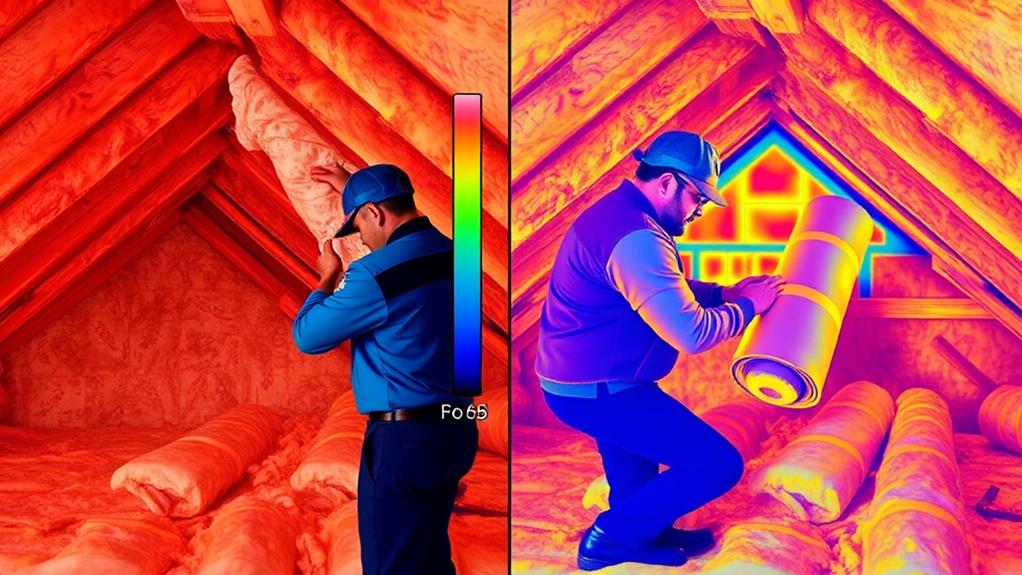
When considering insulation installation, you'll face a choice between hiring professionals or tackling the project yourself. Each option has its pros and cons, and your decision will depend on various factors.
Professional installation offers expertise and efficiency. Contractors have the knowledge to assess your home's specific needs and recommend the best insulation type. They're equipped with specialized tools and can complete the job quickly and accurately. Professionals also ensure proper safety measures, especially when dealing with older homes that may contain asbestos. However, professional services come at a higher cost.
DIY installation can save you money upfront, but it requires time, effort, and some skill. You'll need to research insulation types, purchase materials, and invest in safety gear. DIY allows for flexibility in scheduling and can be satisfying if you enjoy home improvement projects. However, mistakes in installation can lead to reduced efficiency or even damage to your home. You might also miss hidden issues that professionals would spot.
Consider your budget, time availability, and skill level when making this decision. For complex jobs or if you're unsure, it's often best to consult professionals to ensure optimal energy efficiency and safety.
Government Incentives for Insulation Improvements
Many governments offer incentives to encourage homeowners to improve their home's insulation. These programs can significantly reduce the cost of your insulation project, making it more affordable to enhance your home's energy efficiency. You'll find various types of incentives available, including tax credits, rebates, and low-interest loans.
To take advantage of these programs, start by researching what's available in your area. Check with your local energy utility, as they often offer rebates for insulation upgrades. Your state's energy office is another valuable resource for information on available incentives.
Don't forget to look into federal programs, such as the Weatherization Assistance Program for low-income households.
When applying for incentives, you'll likely need to meet specific requirements. These may include using certified contractors, achieving certain R-values, or completing an energy audit. Keep detailed records of your project, including receipts and contractor certifications, as you'll need these for your applications.
Environmental Impact of Proper Insulation
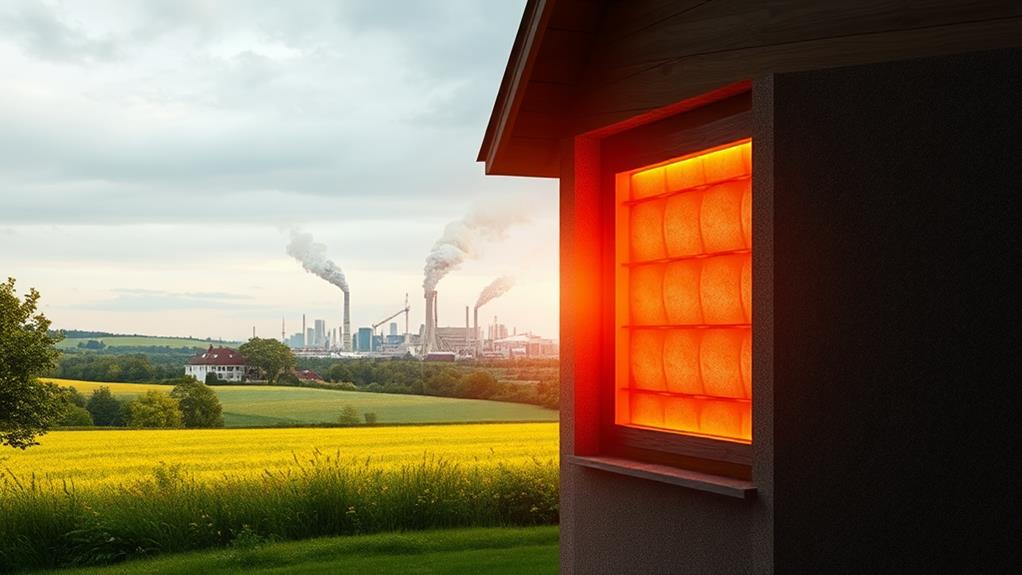
In addition to reducing energy bills, proper insulation plays a crucial role in minimizing your home's environmental impact. When you insulate your home effectively, you're not just saving money; you're also reducing your carbon footprint. Proper insulation helps decrease the amount of energy needed to heat and cool your home, which in turn lowers greenhouse gas emissions from power plants.
By improving your home's insulation, you're contributing to the conservation of natural resources. Less energy consumption means fewer fossil fuels burned, helping to preserve these finite resources for future generations. Additionally, proper insulation can reduce noise pollution, creating a more peaceful living environment for you and your neighbors.
Insulation materials themselves can be environmentally friendly. Many modern insulation products are made from recycled materials or renewable resources, further reducing their environmental impact. Some options, like cellulose insulation, are made from recycled paper products, while others use natural fibers like wool or cotton.
When you invest in proper insulation, you're making a long-term commitment to environmental stewardship. The benefits extend far beyond your home, positively impacting your community and the planet as a whole.
Long-Term Benefits for Homeowners
Investing in proper insulation offers numerous long-term benefits for homeowners. You'll see a significant reduction in your energy bills, as your heating and cooling systems won't have to work as hard to maintain a comfortable temperature. This increased efficiency can lead to lower maintenance costs and extended lifespans for your HVAC equipment.
Proper insulation also enhances your home's overall comfort. You'll experience fewer drafts and more consistent temperatures throughout your living spaces. This improved thermal regulation can even help reduce noise pollution from outside, creating a quieter, more peaceful home environment.
Additionally, well-insulated homes typically have higher resale values. Potential buyers are often willing to pay more for energy-efficient properties, recognizing the long-term savings they'll enjoy. You're essentially future-proofing your home against rising energy costs and increasing demand for sustainable living spaces.
Lastly, proper insulation can help prevent moisture-related issues like mold growth and structural damage. By controlling humidity levels and reducing condensation, you're protecting your home's integrity and potentially avoiding costly repairs down the line. This investment in your home's health can save you significant money and headaches in the future.
Conclusion
You've learned about insulation's importance, yet you're still shivering in your poorly insulated home, watching your energy bills soar. Isn't it ironic? You're burning money to stay warm while the heat escapes through your walls. Don't let your hard-earned cash vanish into thin air. Embrace proper insulation, and you'll find yourself basking in comfort, with a heavier wallet and a lighter carbon footprint. The choice is clear—insulate or evaporate.

